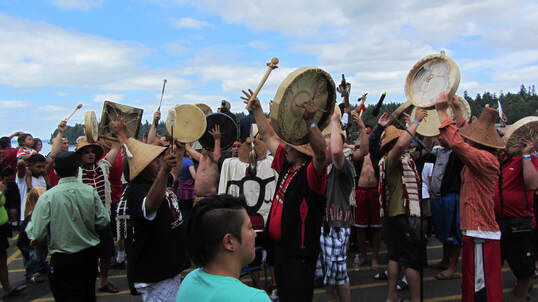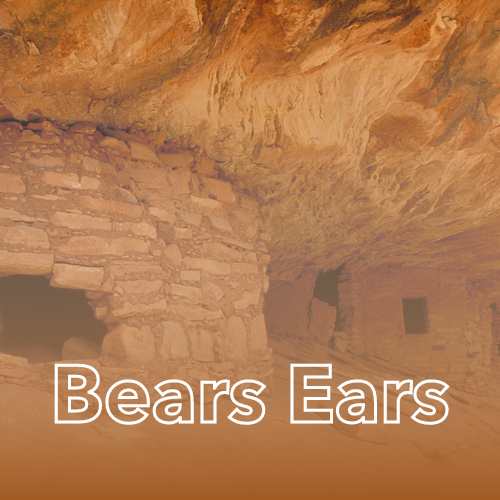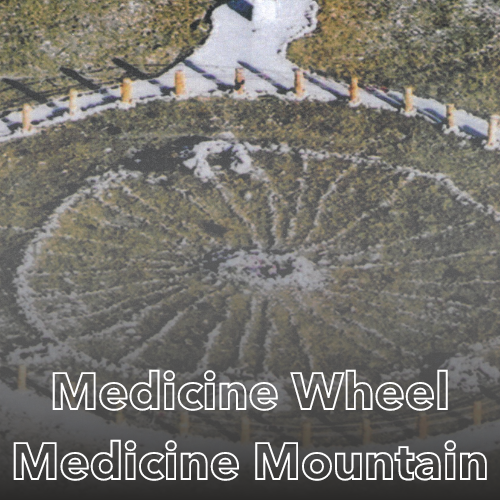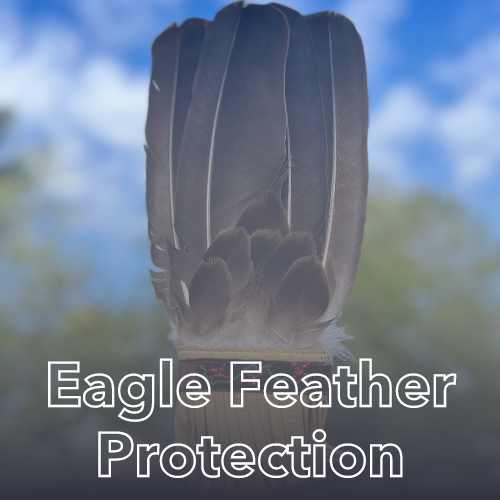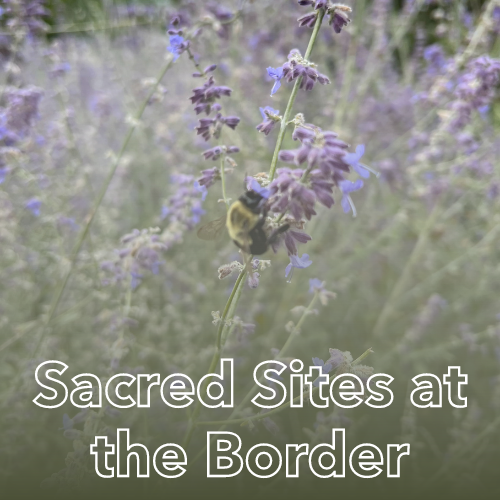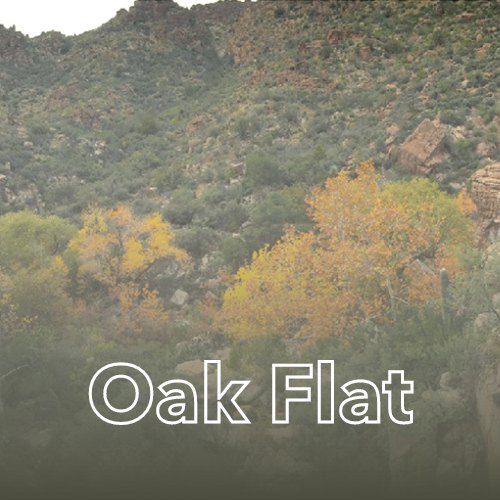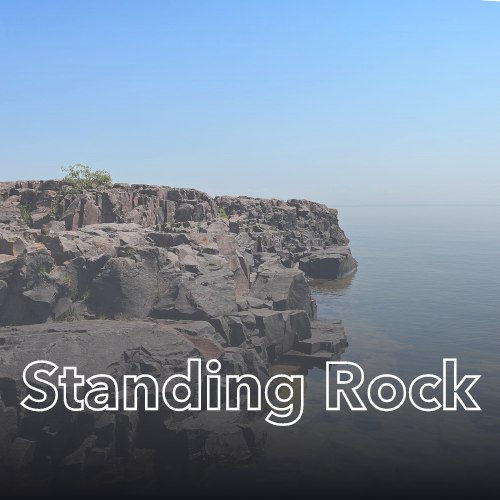Diverse Native traditional religious and ceremonial practices
are often inseparably bound to specific areas of land.
are often inseparably bound to specific areas of land.
Protecting Sacred Places
|
Many of these Sacred places are located on what is now public land and Western concepts of resource development, such as logging, mining and tourism, may conflict with the integrity of these Sacred places. Yet, while federal and other land managers routinely take into account the needs of developers and recreational users in making land management decisions, they do not so readily take into account the often profound effect of their undertakings upon Sacred, ceremonial and traditional cultural places that are critical to Native Nations.
|
Sacred Places and Religious Freedom
For most of United States history, the federal government actively discouraged and even outlawed the exercise of traditional Native religions. The efforts to destroy traditional religion and culture failed because of the determination of Native Peoples to continue their traditions, belief systems and ways of life.
Today, official federal policy is “to protect and preserve for American Indians their inherent right…to believe, express and exercise [their] traditional religions…” Yet, in practice, the activities of the federal government (and other government and private entities) can interfere with the exercise of these religions.
Click on the images below to learn more about our work to protect sacred places and practices.
Today, official federal policy is “to protect and preserve for American Indians their inherent right…to believe, express and exercise [their] traditional religions…” Yet, in practice, the activities of the federal government (and other government and private entities) can interfere with the exercise of these religions.
Click on the images below to learn more about our work to protect sacred places and practices.
Technical Assistance
We provide technical assistance and training to Native Nation advocates, attorneys and federal land managers, including workshops about how they can use the law to protect Sacred places and a handbook summarizing those laws, see below.
|
We have provided assistance to Tribes and traditional practitioners to protect Sacred places for decades. For example:
|
Your browser does not support viewing this document. Click here to download the document.
|

